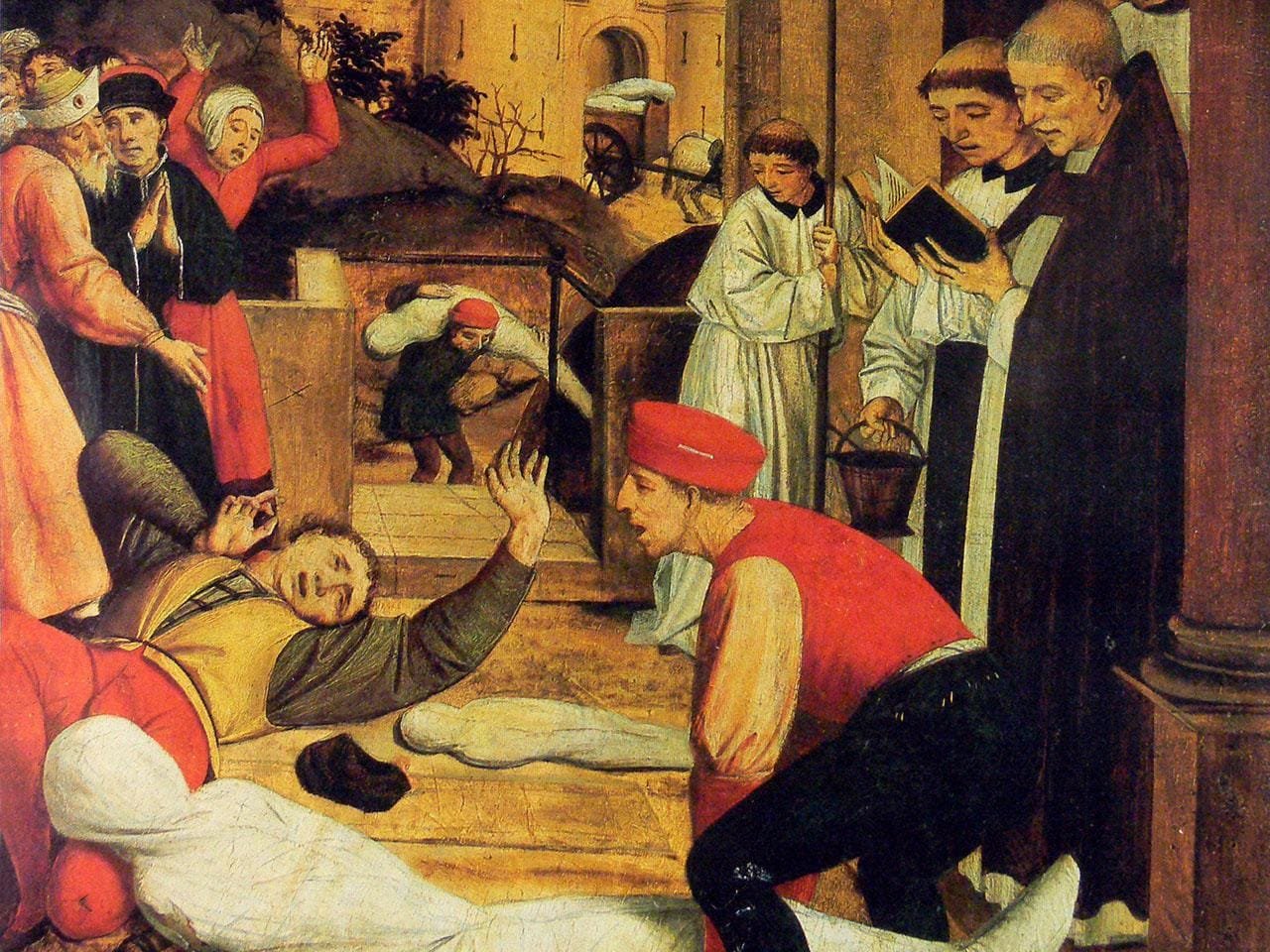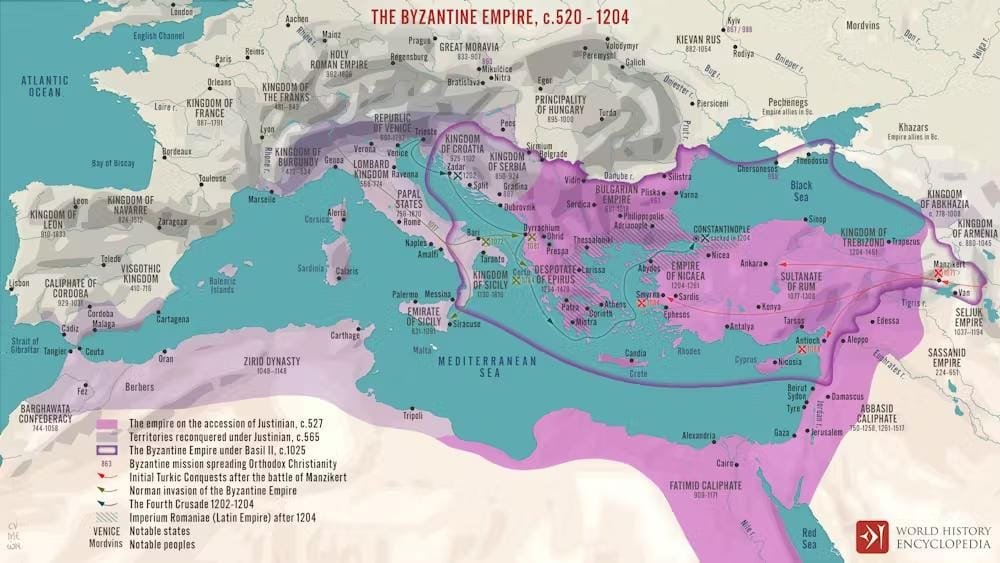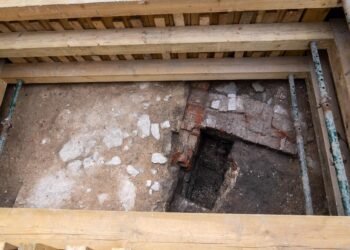Why empires fall is a question that fascinates many. But in the search for an answer, imagination can run wild. Suggestions have emerged in recent decades that attribute the rise and fall of ancient empires such as the Roman Empire to climate change and disease. This has prompted discussions over whether “536 was the worst year to be alive”.

That year, a volcanic eruption created a dust veil that blocked the sun in certain regions of the world. This, combined with a series of volcanic eruptions in the following decade, is claimed to have caused a decrease in the global temperature. Between 541 and 544, there was also the first and most severe documented occurrence of the Justinianic plague in the eastern Roman Empire (also referred to as the Byzantine Empire), in which millions of people died.
Studies show that there is no textual evidence for the effects of the dust veil in the eastern Mediterranean, and there is an extensive debate over the extent and length of the Justinianic plague. But, despite this, there are still many in academia who claim that changes to the climate and the outbreak of plague were catastrophic for the eastern Roman Empire.
Our research, which was published in November, shows that these claims are incorrect. They were derived from using isolated finds and small case studies that were projected onto the entire Roman Empire.

The use of large datasets from vast territories previously ruled by the Roman Empire presents a different scenario. Our findings reveal that there was no decline in the 6th century, but rather a new record in population and trade in the eastern Mediterranean.
We used both micro and large-scale data from various countries and regions. Micro-scale data included examining small regions and showing when the decline in this region or site occurred. Case studies, such as the site of the ancient city of Elusa in the north-western Negev desert in today’s Israel, were reexamined.
Previous research claimed that this site declined in the middle of the 6th century. A reanalysis of the carbon 14, a method for checking the age of an object made of organic material, and ceramic data used to date the site showed that this conclusion was incorrect. The decline only started in the 7th century.
Large-scale data included new databases compiled using archaeological survey, excavation and shipwreck finds. The survey and excavation databases, which were made up of tens of thousands of sites, were used to map the general changes in the size and number of sites for each historical period.
The shipwreck database showed the number of shipwrecks for each half century. This was used to highlight the shift in the volume of naval commerce.

Changes to naval commerce (150–750)
Our results showed that there was a high correlation in the archaeological record for numerous regions, covering modern-day Israel, Tunisia, Jordan, Cyprus, Turkey, Egypt and Greece. There was also a strong correlation between the different types of data.
Both the smaller case studies, and the larger datasets, showed there was no decrease in population or economy in the 6th century eastern Roman Empire. In fact, there seems to have been an increase in prosperity and demography. The decline occurred in the 7th century, and so cannot be connected to sudden climate change or the plague which happened more than half a century before.
It seems the Roman Empire entered the 7th century at the peak of its power. But Roman miscalculations, and their failure against their Persian opponents, brought the entire area into a downward spiral. This left the two empires weak and allowed Islam to rise.
This is not to say that there was no change in the climate during this period in some regions of the world. For example, there was a visible change in material culture and a general decline and abandonment of sites throughout Scandinavia in the middle of the 6th century, where this change in the climate was more extensive.
And today’s climate crisis is on course to bring much greater changes than those seen in the past. The sharp departure from historical environmental fluctuations has the power to irreversibly change the world as we know it.
This edited article is republished from The Conversation under a Creative Commons license. Read the original article.






















